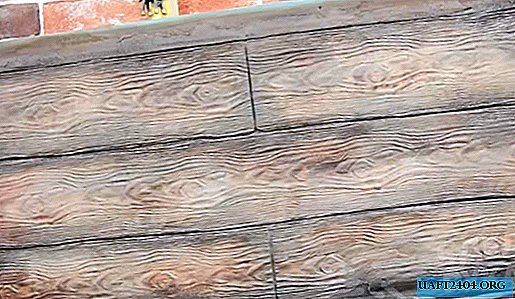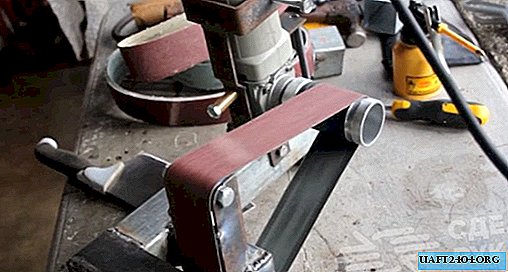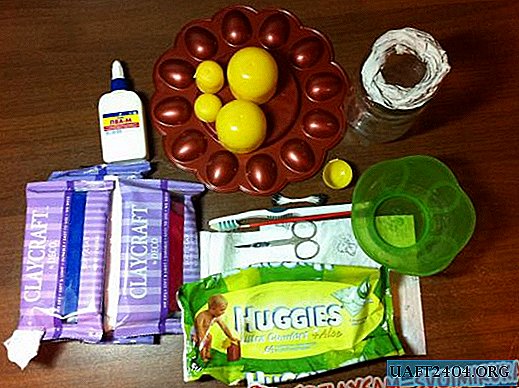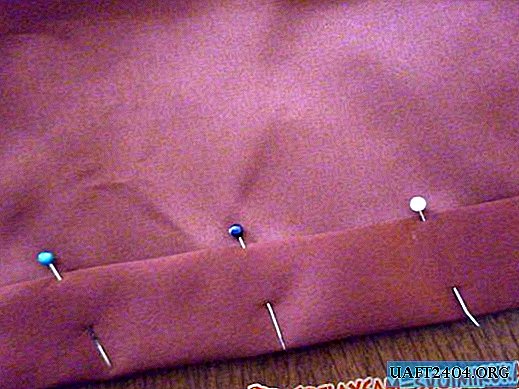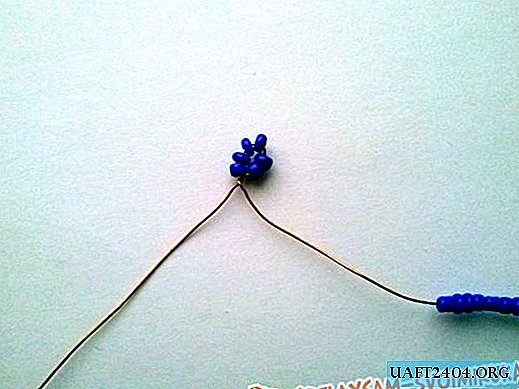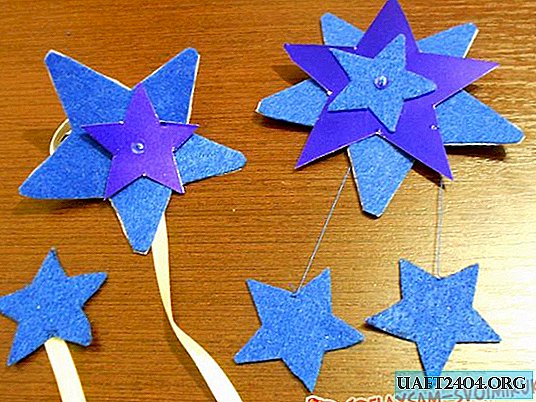Share
Pin
Tweet
Send
Share
Send
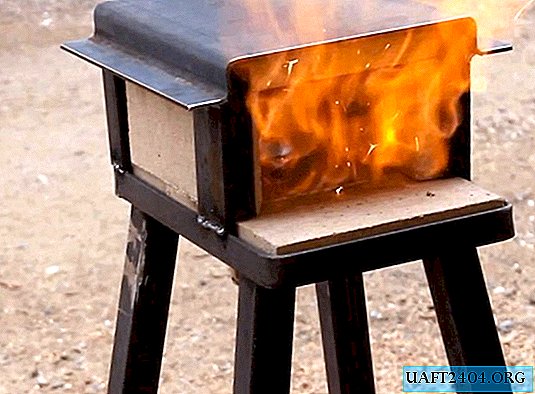
If you are tired of using your brazier as a hearth, then this project is for you. New and used materials can make inexpensive propane forge.
Tools and materials
Instruments:
Minimum Set:
- Oxygen acetylene burner.
- Drill with a drill for concrete.
Standard set:
- Hacksaw.
- Welding machine.
- Drill with a drill for concrete.
- Gas cutter (plasma cutter).
- Roulette.
- Materials
For maximum flexibility and efficient use of materials, I will refrain from specifying exact dimensions so that it is easier for you to use what you have at hand.
- Refractory brick (with a size of 3.8 x 12.7 x 24.1 cm, I needed 11 pieces).
- A metal corner for the frame (I had 3.8 x 6.3 x 0.6 cm).
- Metal plate for bottom and top.
- Metal pipes for legs (I used a profile pipe 3 x 0.3 cm).
- Propane burner.
Let's make a frame for bricks





Lay out the bricks from which the bottom of your hearth will be formed and cut a metal corner that will serve as a frame for it. In the right places, I made triangular cutouts and bent a corner. So the frame will look more neat. With the piece of the corner that I had, it was not possible to make an integral part, since it was only enough on three sides. However, if you only have short segments, you can crop them at an angle and fold them together like a picture frame.
In order for the bricks to hold firmly to a necessary solid bottom. For these purposes, I welded a plate that covered the inner hole of the frame.
Make the legs


As legs, in fact, you can use anything. I used a 3 x 0.3 cm profile pipe, but a metal corner is perfect for these purposes. For greater stability, spacers can be added. I had two two-meter sections of the profile pipe, so I made four meter legs from them. So that they hold the horn more reliably, I set them at an angle of 10 °, cutting them at the same angle. With proper fastening, the legs should evenly diverge away from the center. Surprisingly, when I put the horn on the floor, it did not swing. Usually in such cases I had to grind them.
Burner hole




Determine where the burner will enter. Many people like it when the entrance is located above, and the flame is directed down. And some people prefer a few burners. I choose the economical approach, and I also love when what I do looks good. Therefore, I like the one burner in the back of the hearth with the flame pointing up.
Set the bricks at the bottom and draw a circle in the place where you chose the location of the burner. Drill a lot of holes around the perimeter of the drawn circle with a concrete drill. First, drill the holes not completely and, making a circle, continue again, adding movement from side to side to punch through the brick and combine adjacent holes. If you do not rush, then the cutout can turn out to be relatively even.
Circle the hole on the metal bottom, and cut it out with a gas (plasma) torch.
Wall framing

This horn will turn out to be small in size, its internal dimensions are only 12 x 18 x 24 cm. But this is enough for my work. Due to the small size, only three bricks were needed for the walls, and I just had to weld metal corners in the corners.
Top and burner installation




Two more bricks on top and the horn is almost ready. In the store I found this metal profile in an interesting shape. It fits perfectly as the top that will hold the bricks in place. Later I came to the conclusion that it was not necessary to weld it. Then, if one of the bricks suddenly cracked, it could easily be replaced by another. Live and learn.
Next, I installed the burner. Between the two rear legs, I welded a transverse profile tube with a diameter of 12 mm, to which I attached the torch handle with a wire.
As the front door, you can use another refractory brick. It can also be set when heating is in accelerated mode.
All the metal that I used in this project I bought in a store, and it cost me $ 10. Be economical. Take a look around. At the points of reception you can find metal even cheaper, but I wanted to make the horn from new materials, just to make it look good. It took me $ 20 to make bricks and I spent another 20 on a gas burner. In total, the project cost was $ 50.
Share
Pin
Tweet
Send
Share
Send

